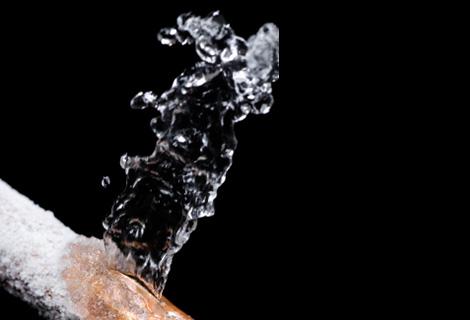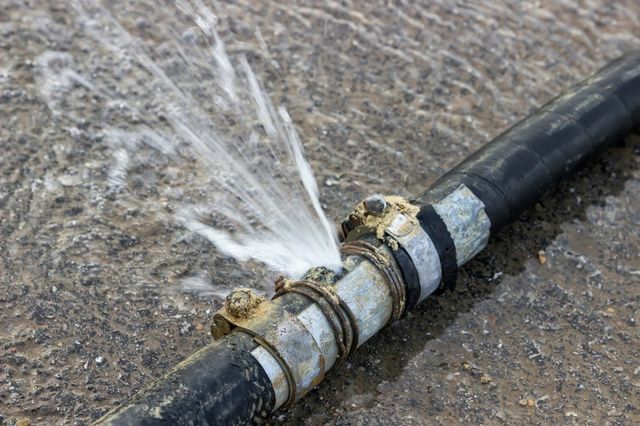How do you actually feel when it comes to What to Know Before Installing a Dishwasher?

A burst pipe is a significant emergency; you can only stand as you watch water you pay a lot to reunite with the earth. In even worse situations, you discover a pool on your cooking area floor, which is a wonderful journey risk, specifically if you have kids around. If the pipe that ruptured was in your wall surfaces, problem: you may require to repaint that entire area.
How can a tragedy like a burst pipeline be stopped and taken care of? Well, by listening to your professional emergency plumbing technicians and adhering to these policies.
Just how do I understand when my pipelines have burst?
Rising and fall water pressures
Pipelines do not just burst in a day. You might have discovered that your cooking area tap or shower does not run instantly when you transform the faucet. It might pause for a couple of seconds and afterwards blast you with even more pressure than typical.
In various other circumstances, the water may appear regular initially, after that decrease in pressure after a couple of secs.
Wet walls and also water stains
Before a pipeline ruptureds, it will leakage, the majority of times. If this persistent leaking goes undetected, the leakage may finish into a large gash in your pipeline. One very easy way to prevent this emergency is to look out for wet wall surfaces ad water spots. These water discolorations will lead you right to the leak.
Puddles under pipelines and sinks
When a pipe ruptureds, the outflow develops a pool. It may appear that the pool is expanding in size, as well as despite how many times you mop the pool, in a few minutes, there's one more one waiting to be cleansed. Frequently, you might not have the ability to trace the puddle to any kind of noticeable pipes. This is an indication to call a specialist plumber.
Untraceable leaking sounds
Pipe bursts can occur in one of the most undesirable places, like within concrete, inside walls, or under sinks. When your home goes quiet, you might be able to hear an irritatingly relentless trickling noise. Even after you've inspected your shower head and also cooking area tap, the dripping may continue.
Precious visitor, the trickling might be coming from a pipe inside your walls. There isn't much you can do regarding that, other than inform a specialist plumber.
Shut down the Water
When water ices up, it expands in volume by about 9 percent. As well as it broadens with incredible pressure: The stress inside pipelines might go from 40 extra pounds per square inch to 40,000 psi! No pipeline can hold that much stress, so it breaks open. The break may occur where the ice forms, but more frequently, it happens where water pressure discovers a vulnerable point in the pipeline. That might be inches or even feet from the frozen area. Find the water shutoff valve and turn off the water to prevent more damage. You might also need to shut off the electricity as well, depending on where the leakages takes place and also just how large it is.
Polluted water
Lots of people presume a burst pipe is a one-way outlet. Quite the contrary. As water drains of the hole or tear in your plumbing system, impurities discover their way in.
Your water may be contaminated from the source, so if you can, examine if your water container has any kind of issues. Nevertheless, if your drinking water is supplied and detoxified by the local government, you must call your plumber right away if you see or smell anything funny in your water.
What do I do when I spot a ruptured pipeline?
Your water meter will continue to run also while your water wastes. To decrease your losses, discover the major controls as well as turn the supply off. The water mains are an above-ground framework beside your home.
How to Fix & Detect a Leaking Pipe
How Do I Know if a Pipe is Leaking?
Leak detection tests can help you determine if your pipe has a leak. Even if you don’t see an apparent leak, you should still conduct leak detection tests regularly to save water and money—and prevent major damage to your home.
Water meter. It can be helpful to figure out what your usual water meter usage numbers are and then monitor them regularly. To monitor your meter, first, turn off all water faucets in your home. Check the meter and write down the numbers. In a few hours, check the meter again. If the numbers have changed, you have a leak. Water gauge. Use a water gauge to test your water pressure. Your showerhead should produce a certain amount of water pressure based on its model and design. If the pressure is lower than it is supposed to be for that specific showerhead, your home likely has a leak. Puddles. Look inside your bathroom, laundry, and kitchen sink cabinets. Puddles around the cabinets or around toilets, tubs, showers, and washing machines indicate the presence of a leaking pipe. You may also notice loose tiles, peeling or flaking paint, or mold caused by water accumulation. Napkin test. Even if you don’t see any puddles, you may still have a leak. You can test for water leaks in the bathroom, laundry, and kitchen by wiping below-sink connections with a napkin, paper towel, or piece of toilet paper. If it becomes damp, you probably have a leaking pipe under the sink. Discolored walls. Walls that are discolored—usually with brown or yellow stains—or bulging might mean that they have been impacted by water damage caused by a leaking pipe. Smell. A leaky pipe will create sitting water, and over time, that water may develop a musty smell. If your home smells musty, but you can’t locate the source, it may be due to a leak. Steps for Fixing a Leaking Pipe
A leaky drain can be remedied by tightening the pipe base, replacing the drain seal, caulking the rim, and tightening the pipe nut. Similarly, a leaking toilet pipe can be treated by tightening the packing nut. You may also need to replace the valve. A leaky faucet may just need tightening or replacement of the washers. If that doesn’t work, consider replacing your faucet. If your pipe has a hole in it, you may want to use a pipe leak sealer or pipe leak tape. This quick fix for water pipe leaks can also temporarily fix a copper pipe leak. https://www.ahs.com/home-matters/quick-tips/how-to-tell-if-pipes-are-leaking/

As a serious reader on What to Know Before Installing a Dishwasher, I think sharing that piece of writing was smart. Kindly take the opportunity to promote this content if you liked it. Thank you for your time. Don't forget to come by our blog back soon.
More Details